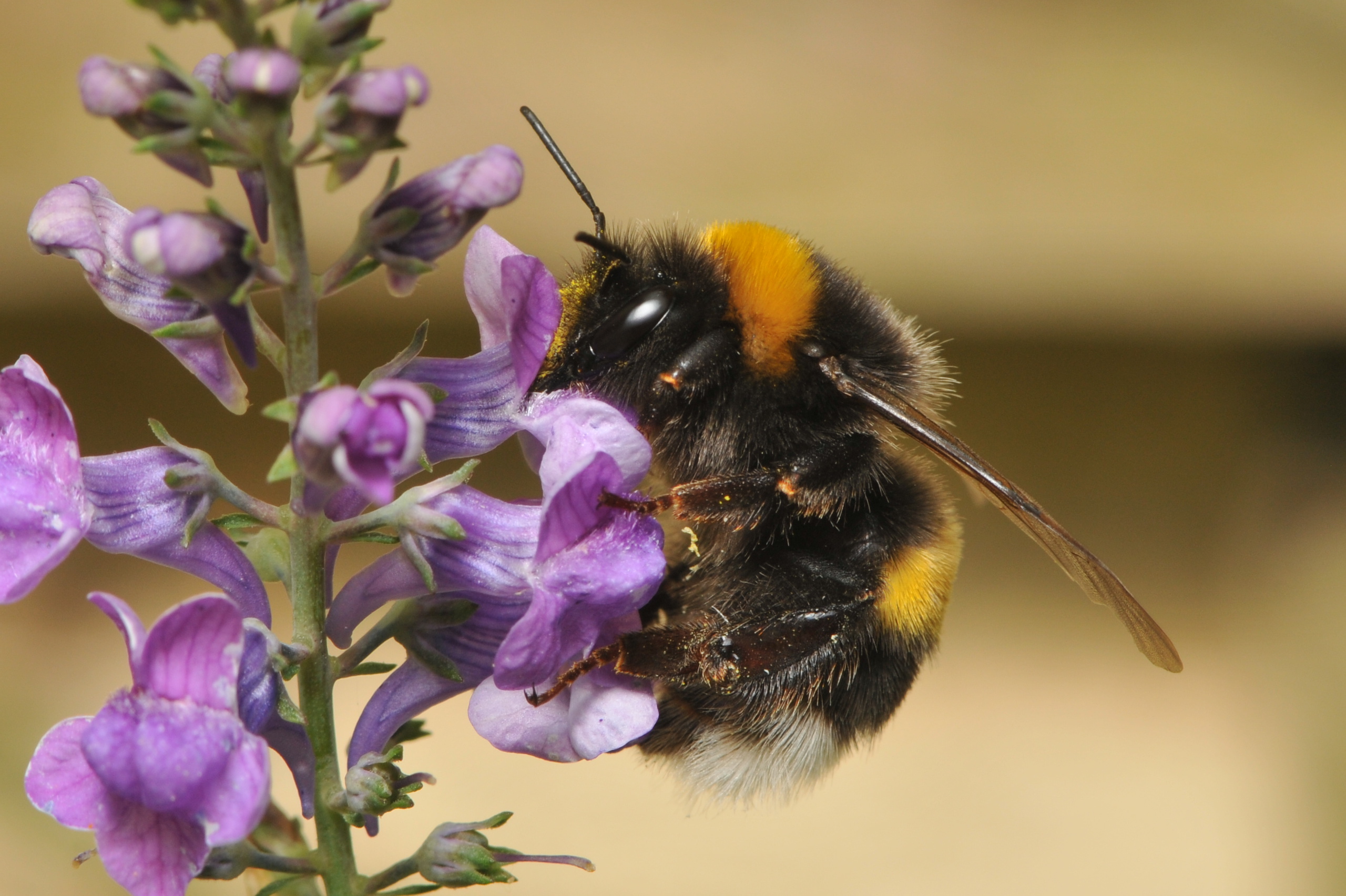Rusty Patched Bumblebee Deemed Endangered
October 07, 2016
Bee Colony Collapse, Honey Bees
After seeing the rusty patched bumblebee disappear from almost 90 percent of its historic range over the past two decades, federal wildlife officials have made a formal recommendation to list this bumblebee as an endangered species. The recommendation comes from the U.S. Fish & Wildlife Service after the Portland, Oregon-based Xerces Society petitioned the agency on behalf of the bee in 2013.
The Xerces Society, an advocacy group specializing in the preservation of pollinator insects like bees and butterflies, presented studies showing the bumblebee was struggling due to a combination of climate change, habitat loss, disease, and overuse of pesticides on commercial crops. The species would be the first bee listed as endangered in the continental United States if approved, said senior conservation biologist Rich Hatfield. The group partnered with “citizen scientists” to take counts of the rusty patched bumblebee as part of its research.
Once ranged over 28 states stretching from Maine to Minnesota and into parts of Canada, the bees are now limited to small and scattered colonies in about a dozen states including Minnesota, Ohio, Illinois, and one Canadian province. Those populations may have been reduced or disappeared because the last counts were done in 2000, according to the Fish & Wildlife Service. “This is a very difficult thing to track. It’s not like honeybees that are out in boxes that people can go out and count, so keeping track of them in the wild is very difficult,” Hatfield said.
The rusty patched bumblebee is an important pollinator for crops, such as tomatoes, blueberries, and cranberries. It has increasingly been used in commercial farming because it is bigger and stronger than the honeybee, but the populations of bumblebees being used to pollinate greenhouse tomatoes, cranberry bogs, and blueberry fields have become infected by disease, spreading a virulent pathogen to the rusty patched bumblebee and causing their colonies to collapse. Bumblebees live in small colonies of 50 to 500 individuals and do not make honey because they don’t live through the winter.
In Hawaii, seven other species of yellow faced bees were proposed for listing by the Fish & Wildlife Service last year. “I think one of the great things about pollinator conservation in general is that no matter where you live, you can do something about this. All these animals need our flowers from spring through fall, and if we can help create or restore some habitat that’s been lost, we can give bees a chance to recover,” Hatfield said. The public currently has 60 days to comment on the proposed listing for the rusty patched bumblebee.


.jpg)



